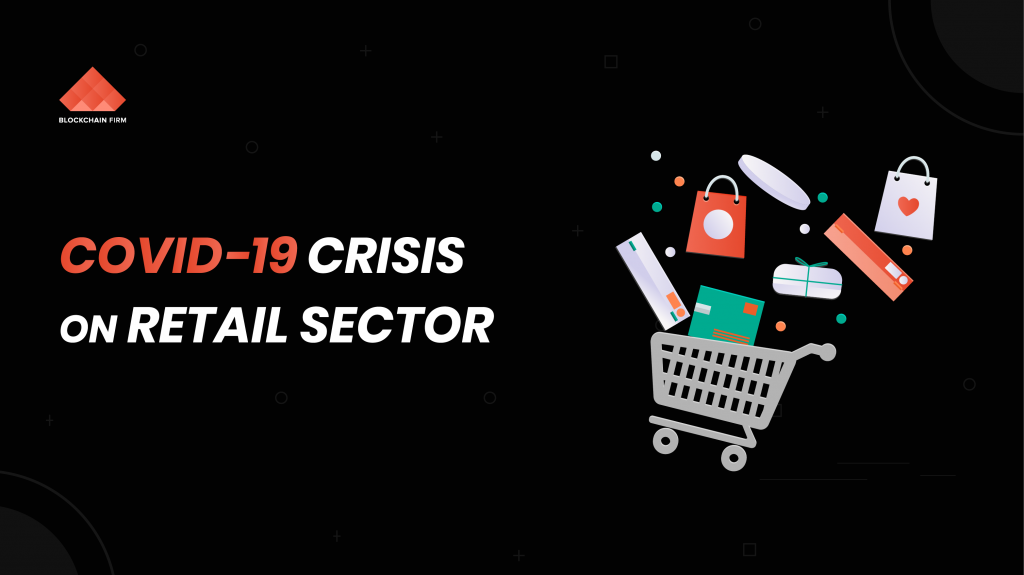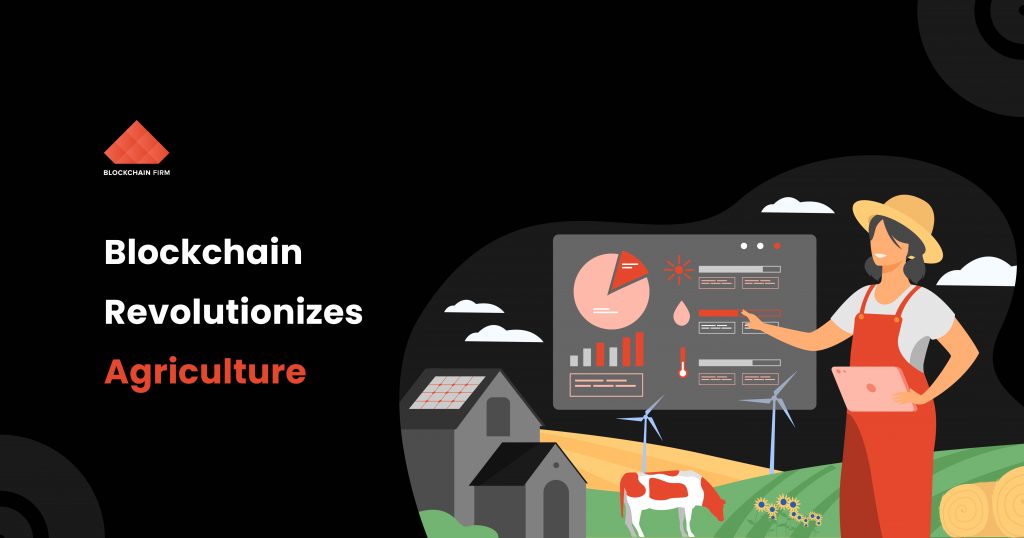Covid-19 Is The Biggest Foe For Retail Industries In Decades
Published on
9th July 2020
Topic
Blockchain Industry Solutions

Impacts Of Covid-19 On The Retail Industries
The deadly pandemic Covid-19 has caused extreme chaos globally and slowed down all economic activities in all parts of the world. The retail industry is the one that’s most affected and it’s preparing for the next major uprising.
The problems in the retail sector during this pandemic seem to be a never-ending list, including consumer behaviors, product demands, and service availability.
However, not all industries are affected even. Clothing accessories, fashion products, and electronic goods are the worst hit since people are interested in stocking up essential items.
The United States and the EU countries are the most affected regions compared to other countries.
Nearly one-fifth of the people in the US are retail workers and they are employed in various jobs like stores, tourism centers, bars and restaurants, and entertainment firms. Due to Covid-19, this entire industry is shut off with many retail stores closed permanently and more than thirty million employees facing lay-offs.
From the second week of March, the Centres of Disease Control and Prevention advised people in the US to stop gathering in crowded places and organize weddings or events with more than 50 people.
“With the Covid-19 becoming a deadly outbreak, an estimated 83% of Americans said that they are avoiding malls, theatres, and other crowded places. They added that they are preferring online channels for getting things delivered to them.”
US Customers’ Insights by McKinsey
Consumers are switching over to spending online and with no surprise, Gen Z and Millennials are driving them towards online channels.
Due to the uncertainty caused by Corona, over 44% of consumers are delaying their purchases. Around 41% of consumers said that they were switching over to groceries for the first time. The US alone saw a 124% increase in the download of delivery-based apps.
Groceries, home needs, and entertainment items are the ones that are experiencing huge demand. In the US alone, household essentials and daily needs have seen a 23% up in the last three months.
As soon as the virus hit the EU countries, people started hoarding stuff. As a result of this panic activity, virus protection items such as hand sanitizers, antiseptic solutions, masks, gloves, and other essentials saw a dynamic surge of 817%.
“Europe and North America are still experiencing an increasing demand for online groceries.”
Instacart is one of the largest grocery pick-up and delivery companies in the United States. With a dynamic increase in its sales growth, the company is going to add 300,000 personal delivery executives since the demand for groceries and essentials is going up in rocket speed.
What’s more interesting is that many retail organizations are making greater efforts to shield their employees and customers from the deadly disease. One such effort is shutting down the e-commerce sites temporarily.
Companies like L Brands have already suspended their e-commerce orders and started closing their hubs.
Global Supply Chains Are Facing Consequences
“Back-to-school” and “Holidays” are the two peak business seasons. With the current condition of the supply chain, planning and disruptions will stick around for months, therefore, causing hefty losses to these two seasons.
What happened to U.S. Retailers
U.S. retailers are witnessing production and transportation shortages – a huge loss amounting to 700 million dollars (this loss was calculated from March 09 to April 20)
The fear of ending up with excess goods has made manufacturers produce goods on a more ‘as-needed schedule.’
“Sources say that it has been a decade since the U.S. saw a decline in the imports of footwear-related goods from China.”
‘Post-Apocalyptic’ Strategies Retailers Need To Implement
How To Overcome Covid-19 caused problems
During any crisis, normal strategies to sell goods and services won’t work. Many retailers were negatively affected due to the Covid-19 crisis while a few businesses turned out to be lucrative ones.
People are focusing only on how to survive the pandemic and this is the time for retailers to play unique games to bring back their businesses.
What Strategies Should Retailers Implement?
Pick-up and Delivery Optimization
This is the right moment for retailers to implement curbside pick-ups. It helps stores to keep customers from gathering in stores and malls.
Curbside pick-up is not just a facilitating fact for customers; it helps stores and outlets to continue their operations without violating physical distancing measures.
People are already helping each other by joint-picking up essentials. Two or more retail stores can join hands and bring up ‘joint delivery’ to reduce their resource usage.
Social Media Platforms
Since people are ‘always online’ these days, it is important for retailers to attract their customers through various unique social media marketing strategies.
Shifting To Digitization
E-commerce business owners and retailers can make use of free chatbots or virtual assistants to offer services to customers digitally and address multiple requests at the same time.
Service-based businesses and retail outlets like bars, restaurants, salons may offer their customers with coupons, discounts, or gift cards and retain their loyalty.
Crowd & Resource Management
Social Distancing has become a mandatory one since the spread of Covid-19. Though it is essential, it should not be a nightmare that’s affecting retail customer service.
Retail owners can now adopt Point Of Sale systems. These mobile-based POS systems pave the way for instant payments, therefore, avoiding long queues and wait times.
Restaurants have been ‘severely-hit’ since March. Those retailers can make their employees work on a shift-basis and engage them in invaluable works like sourcing them to other companies, therefore, avoiding lay-offs.
Supply Chain Management
Since January 2020, there is an increased demand for groceries, household essentials, sanitary products, and ‘essential products for virus protection.’ This has led businesses to face product shortages, missed sales goals, and a huge loss in revenues.
This is the right time for retailers to add an inventory dashboard or stock management system to keep track of the products; the end-to-end supply chain.”


